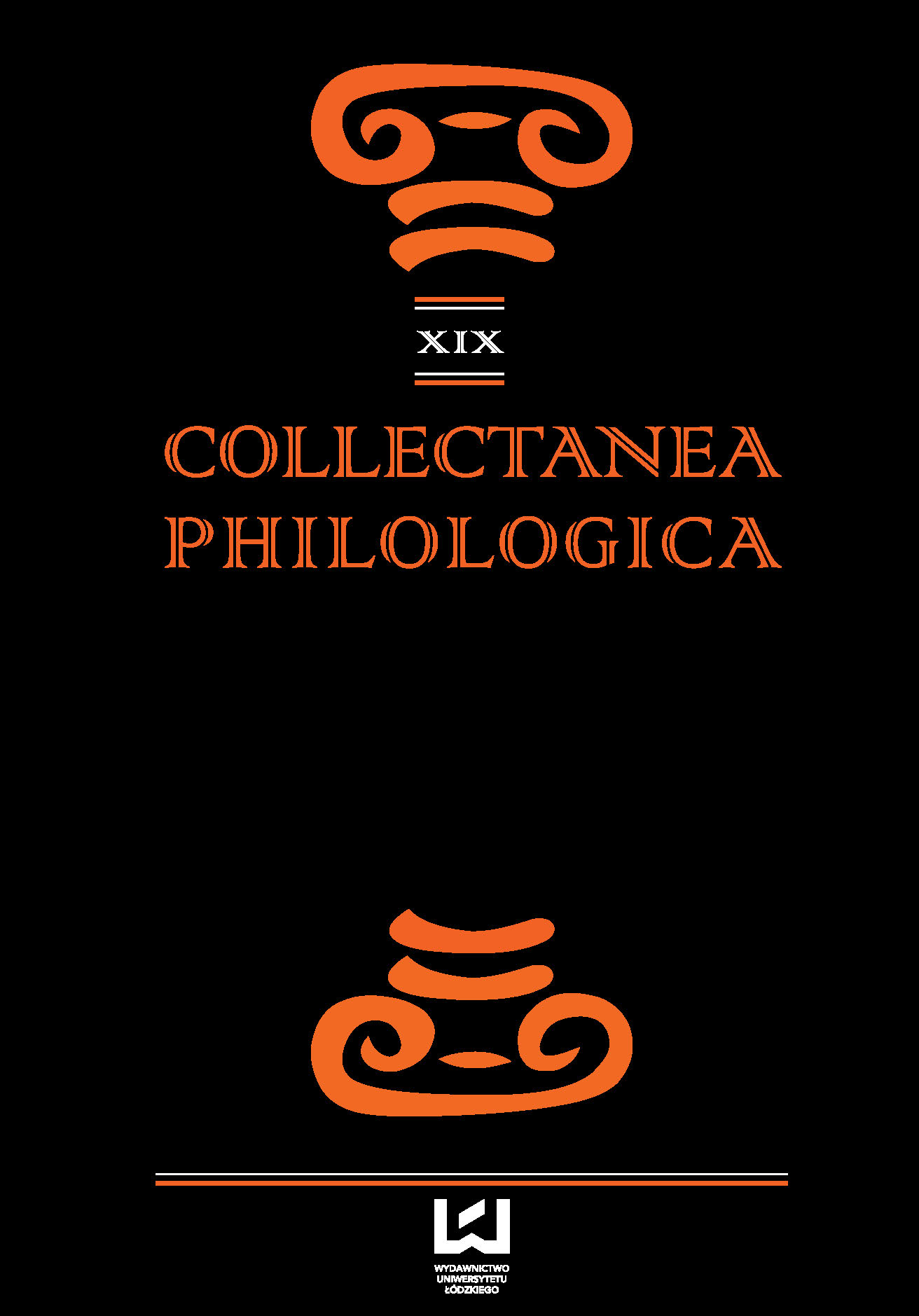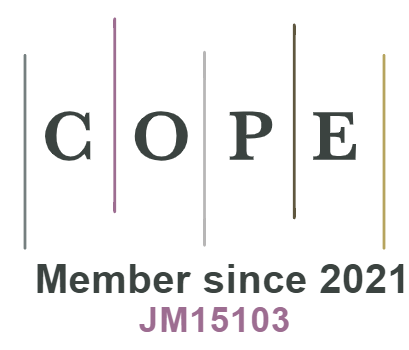When does a man beget a monster? (Aristotle, De Gneratione animalium)
DOI:
https://doi.org/10.18778/1733-0319.19.01Keywords:
-Abstract
In this paper I discuss the problem of the borderline between the lack of resemblance to any family member and monstrosity in Aristotle’s Generation of Animals. In book IV both phenomena have been explained as a result of ‘resolution’ or ‘loosening’ of the ‘movements’ in the sperm, whose function is to recreate in the offspring’s body the features of its parents or ancestors. Consequently, sometimes the offspring bears no resemblance to any ancestor, and sometimes ‘it no longer has the appearance of a human being at all’. According to T. V. Upton, both groups are ‘monsters’ of some kind; he names them ‘generic individuals’, assuming that after ‘loosening’ of the movements which carry particular traits, the task of completing the embryo’s development is taken by the movements of universals (genus or species) present in the sperm. In contrast to Upton’s opinion, I try to prove that the movements of particular – although ‘merged’ and changed – still remain active, leading to the final development of any given individual; in the case of a ‘monster’, however, a deformation of the offspring’s whole body or its parts results not only in the lack of resemblance to any representatives of its own species, but also in disability.
References
Asma, S.T. (2009). On Monsters: An Unnatural History of Our Worst Fears. New York: Oxford University Press.
Google Scholar
Bekker, I., Gigon, O. (1960). Aristotelis Opera. Berlin: De Gruyter.
Google Scholar
Coles, A. (1994). ‘Biomedical Models of Reproduction in the Fifth Century BC and Aristotle’s Generation of Animals’. Phronesis, 40(1), 48–88.
Google Scholar
Hardie, R. P. (1930). Aristotle: ‘Physics’. Oxford: Clarendon Press.
Google Scholar
Henry, D. (2006). ‘Aristotle on the Mechanism of Inheritance’. Journal of the History of Biology, 39, 525–455.
Google Scholar
Lennox, J. G. (2009). Form, Essence, and Explanation in Aristotle’s Biology. In: G. Anagnostopoulos, ed., A Companion to Aristotle, Blackwell Publishing Ltd., 348–367.
Google Scholar
Liddell, H.G., Scott, R. (1996). A Greek-English Lexicon. Oxford: Clarendon Press.
Google Scholar
Peck, A.L. (1953). Aristotle: ‘Generation of Animals’. London: William Heinemann Ltd; Cambridge, Massachusetts: Harvard University Press.
Google Scholar
Smith, J.A. (1931). Aristotle: ‘On the Soul’. Oxford: Clarendon Press.
Google Scholar
Sober, E. (1980). ‘Evolution, Population Thinking, and Essentialism’. Philosophy of Science, 47(3), 350–383.
Google Scholar
Sowa, J. (2014). „Czy kobieta jest potworem? Płeć żeńska w „De generatione animalium” Arystotelesa”. Roczniki Humanistyczne, 62(3), 29–50.
Google Scholar
Upton, T.V. (2003). ‘Aristotle on Monsters and Generation of Kinds’, American Catholic Philosophical Quarterly, 77(1), 21–36.
Google Scholar
Witt, Ch. (2012). ‘Aristotle on Deformed Animal Kinds’. Oxford Studies in Ancient Philosophy, 43, 83–106.
Google Scholar












